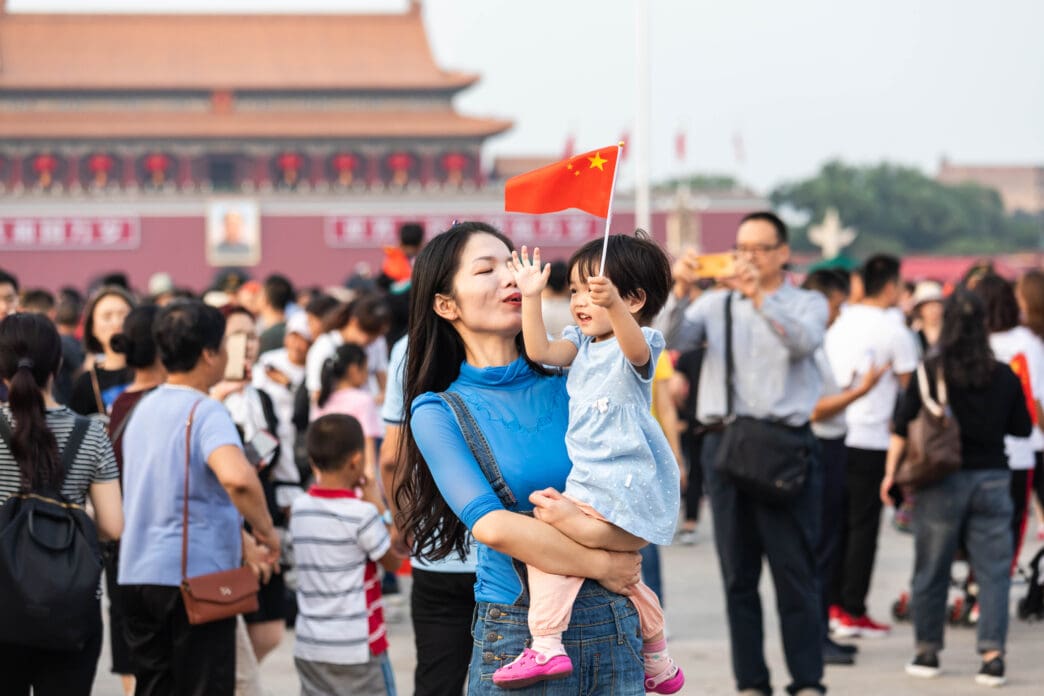Executive Summary
The Story So Far
Why This Matters
Who Thinks What?
China’s converged National Day and Mid-Autumn Festival holidays, an eight-day period beginning October 1, 2025, have demonstrated robust economic vitality and growth potential through surging consumption, widespread cultural activities, and bustling transportation networks. The nationwide celebrations have seen unprecedented people flows and innovative market trends, according to a recent report by Xinhua.
Cultural Engagement and Patriotic Displays
The holiday period was marked by significant public participation in cultural events and patriotic displays. In Beijing’s Tiananmen Square, 121,000 people gathered at dawn on October 1 for the national flag-raising ceremony. Across the country, an estimated 12,000 cultural events were scheduled, including free concert series in Tangshan, Hebei Province, aimed at providing “high-quality cultural feasts” for residents and tourists.
Record-Breaking Travel and Tourism
Transportation networks experienced a surge in activity, with approximately 1.25 billion cross-regional passenger trips recorded in the first half of the holiday. All major transport modes, including highways, railways, waterways, and aviation, reported year-on-year growth. Smaller cities and their scenic areas, such as Jiuzhaigou and Pingtan, emerged as popular autumn tourism destinations, as noted by online travel agency Qunar.com.
Innovation in Consumption
New forms of consumption also energized the market during the holiday. Hangzhou City launched a “low-altitude bus” base at Qingshan Lake on October 1, offering helicopter-based aerial sightseeing and intercity shuttles at an altitude of 500 meters. This initiative provides visitors with unique perspectives of the autumn landscape, reflecting a trend towards experiential tourism.
Government Support and Policy Impact
Government policies played a crucial role in stimulating spending. The central government allocated an additional 69 billion yuan (approximately $9.7 billion USD) in special bonds to support consumer goods trade-ins, bringing the annual total to 300 billion yuan. These subsidy programs have already processed 330 million applications from January to August, driving over 2 trillion yuan in sales. Local governments, including Anhui and Tianjin, also introduced credit-based travel programs and financial consumption activities to further boost holiday spending.
Economic Outlook
A spokesperson for the Ministry of Commerce highlighted ongoing efforts to enhance supply, innovate consumption forms, and strengthen cross-sector integration. These initiatives are expected to further unlock China’s diverse consumption potential. The holiday period underscored China’s economic resilience and its capacity for growth driven by domestic demand and strategic policy support.








